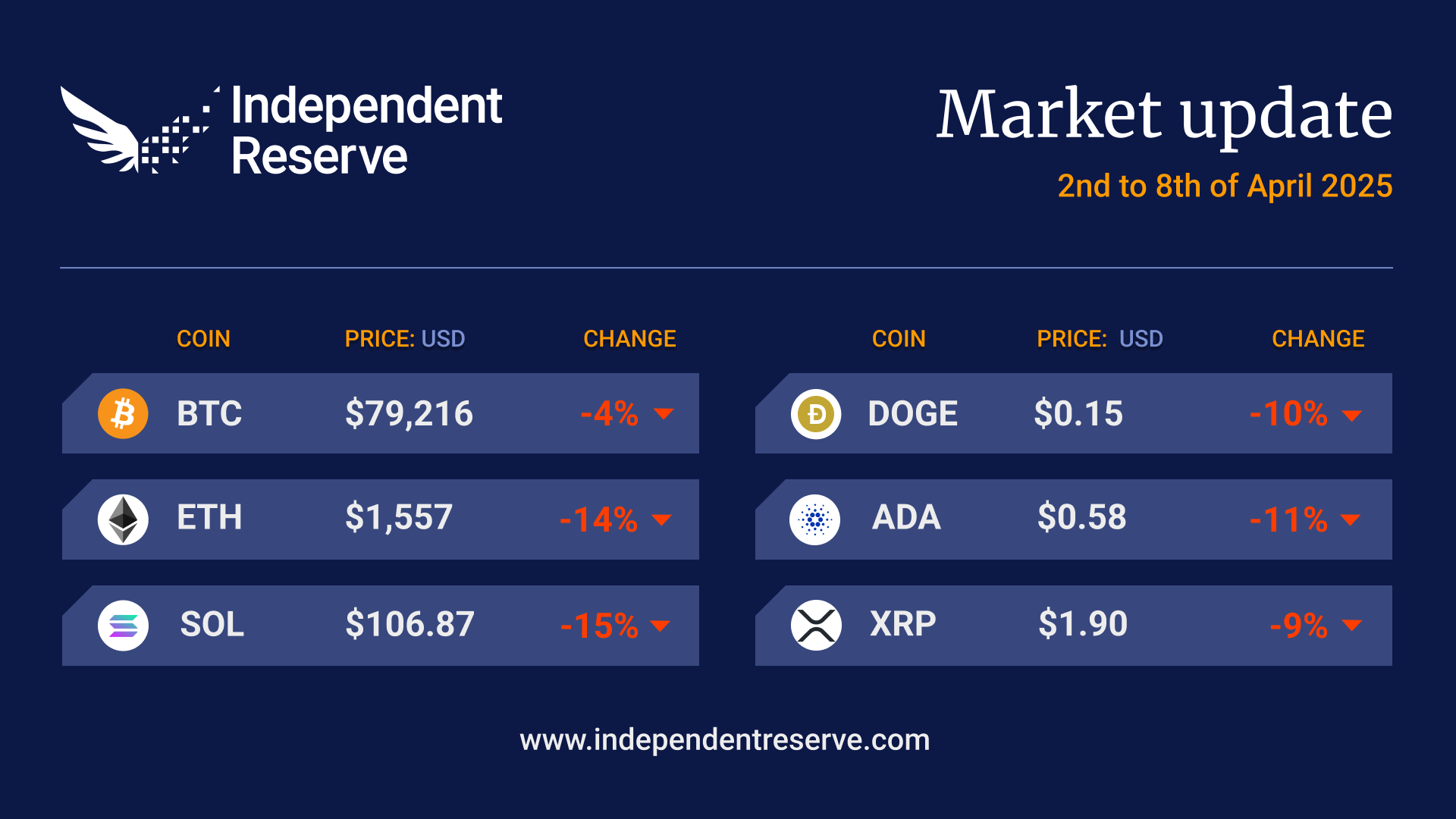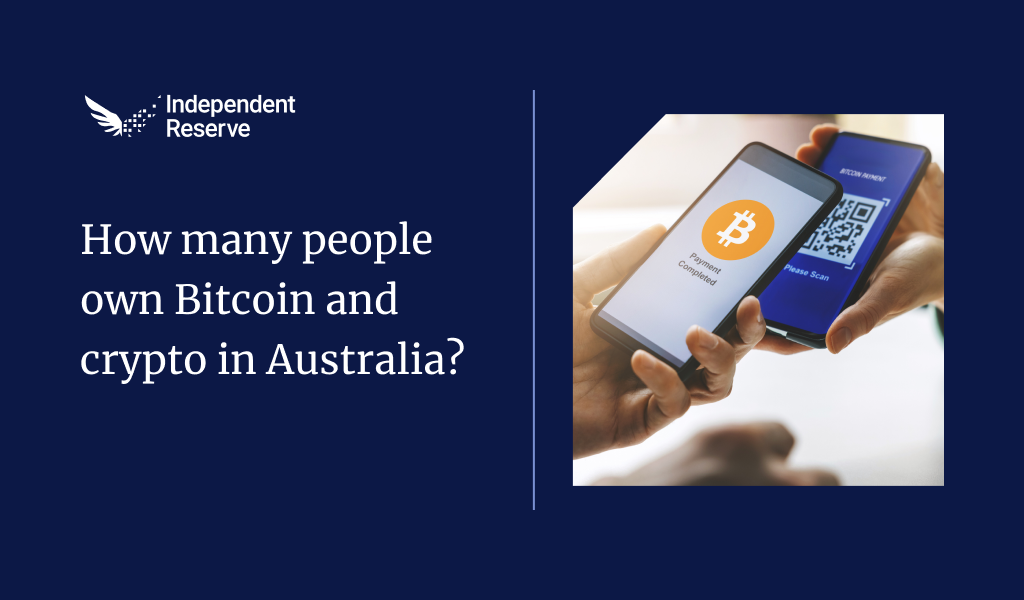From June 2025, all customers of cryptocurrency exchanges in Singapore will be required to pass a mandatory Risk Awareness Quiz before they can start trading. This initiative, guided by the Monetary Authority of Singapore (MAS), ensures that users understand the risks involved in trading digital assets such as cryptocurrencies.
The customer knowledge test isn’t just a formality – it’s a safeguard. Understanding the risks of crypto trading helps you protect your money, avoid scams, and make better financial decisions.
To help you prepare, we’ve summarised the key concepts covered in the assessment – including price volatility, liquidity risks, custody concerns, technology risks, and the importance of regulated platforms.
Skip to:
1. Price volatility risk
2. Liquidity risk
3. Custody Risk
4. Technology risk
5. Business conduct risk
6. Unregulated platform risks
1. Price volatility risk
Cryptocurrency prices can rise and fall sharply within short timeframes as they can be affected by factors such as market sentiment, supply and demand, global economic news, or cyber incidents. While volatility can create profit opportunities, it also increases the potential for significant losses in short periods. The price of any cryptocurrency is also not guaranteed by any exchange or government authority, therefore there is no protection from losses as a result of a cryptocurrency token losing significant value in a short period of time. You must manage this risk through diversification and only allocating funds you can afford to lose.
Key takeaways:
- You are responsible for any trading losses. There are no guarantees or government protection.
- Prices are affected by global events, market trends, supply and demand, and cyber-attacks. This price volatility can result in the loss of your investment.
- Cryptocurrencies such as Bitcoin, Ethereum, and Solana are highly volatile and can fluctuate significantly. At times of high volatility, markets could become illiquid, making it challenging to sell your crypto.
- It’s wise to only allocate a small portion of your total assets to crypto.
- Meme coins can be especially risky due to hype and lack of utility.
- Always do your own research and invest within your risk limits.
- Crypto investments carry high risks due to unpredictable market conditions.
- Considering the above, a wise approach to cryptocurrencies is to only invest what you can afford to lose.
2. Liquidity risk
Liquidity refers to how quickly and easily you can sell an asset at its market value. Unlike traditional markets, crypto markets can experience sudden drops in liquidity, especially during periods of high volatility or market stress. You may not always be able to sell your crypto quickly, particularly in a market downturn, as demand can evaporate, leaving few buyers. Exchanges may also suspend trading temporarily during extreme volatility, further restricting access to your funds.
Additionally, system outages, flash crashes, or sudden regulatory action can make it difficult to sell your cryptocurrencies at desired prices. Since liquidity depends on market depth and trading volume, less popular tokens face even greater risks, as large sell orders can drastically move prices. You should assess liquidity conditions before trading and be prepared for potential delays or unfavourable execution during turbulent times.
Key takeaways:
- You may not always be able to sell your crypto quickly, especially in a falling market.
- Exchanges may suspend trading temporarily during periods of market stress.
- Demand for crypto can change quickly, making it harder to sell due to a lack of buyers.
- System outages or market crashes can also make it difficult to exit your positions.
- Liquidity means ease of conversion to cash or other crypto without significantly impacting the price.
3. Custody Risk
When you store crypto on an exchange, the exchange holds it on your behalf. Even though regulated exchanges in Singapore are required to safeguard your funds, they are still susceptible to cyber-attacks, or operational issues which may affect liquidity on the exchange and affect your access to your funds. There is also a risk of financial mismanagement by unscrupulous exchanges or exchanges which operate without any regulatory oversight, which may cause you to lose all your assets. While the regulators may be able to take action against such practices, there is no guarantee that you will be able to recover your funds in the event of malpractice by the exchange.
Key takeaways:
- Exchanges may not always be able to fulfil withdrawal requests during volatile periods.
- You might lose assets if the exchange is hacked or loses control of its private keys.
- It’s essential to only invest what you can afford to lose.
- Regulatory oversight does not eliminate risk, but it reduces the likelihood of malpractice.
- It’s critical to understand who holds your crypto and what measures are in place to secure it.
4. Technology risk
As access to your cryptocurrency relies heavily on technology, you must also be aware of security risks which can prevent access to your crypto or lead to its loss, including phishing attacks, clickjacking scams, and fraudulent websites designed to steal login credentials or wallet access.
Hackers often create fake platforms mimicking legitimate services to trick users into sharing sensitive information like account login details, private keys or seed phrases—actions that can lead to irreversible fund losses. To stay safe, always verify website URLs before connecting your wallet and never disclose your seed phrase or account login details, as it grants full control of your assets. Additionally, avoid approving suspicious or unclear transactions, as malicious smart contracts can drain funds unknowingly.
Beyond individual threats, systemic risks exist, such as blockchain hacking or smart contract exploits, which may be beyond the control of the exchange, where vulnerabilities in third-party protocols can be exploited. Staying informed and exercising caution with unfamiliar links and permissions are essential steps to minimize security risks in the crypto space.
Key takeaways:
- Risks include phishing, clickjacking, and sharing your credentials with fake websites.
- Always verify websites before connecting your wallet, and never share your seed phrase.
- Avoid approving transactions you don’t understand.
- Blockchain hacking or exploits in the smart contracts of the underlying blockchain can occur through various third-party software and other hacks.
5. Business conduct risk
Not all exchanges operate fairly. The cryptocurrency market is susceptible to unethical business practices, including ‘pump and dump’ schemes, where coordinated groups artificially inflate a token’s price before selling off and leaving others with losses.
Another concern is wash trading, where exchanges or traders fake high volumes to mislead investors about liquidity and demand. Additionally, front-running—where insiders exploit advance knowledge of large trades to profit at others’ expense—can undermine fair markets.
To mitigate these risks, users should choose regulated exchanges that enforce strong risk management practices, including transparency in trading volumes, secure custody of funds, and compliance with financial regulations. Prioritizing platforms like Independent Reserve with a proven track record of ethical conduct helps protect against manipulation and fraud in an often less-regulated environment. Always research exchanges thoroughly and remain cautious of unrealistic promises or suspicious trading activity.
Key takeaways:
- Be aware of ‘pump and dump’ schemes, wash trading (fake trading volumes), and front-running.
- Choose a regulated exchange that follows risk management checks and balances to safeguard customer funds and operations.
6. Unregulated platform risks
Offshore or unlicensed platforms may offer high returns – but they often come with higher risks. Choosing an unregulated cryptocurrency exchange exposes you to significant risks, including fraud, poor security, and a lack of legal recourse in case of disputes. Unlike MAS-regulated exchanges, which operate under a strict licensing regime in Singapore, unregulated platforms may not follow anti-money laundering (AML) rules, cybersecurity best practices, or consumer protection standards.
These safeguards are critical in ensuring fund security and fair trading conditions. By opting for a licensed exchange, you mitigate risks like insolvency, mismanagement, or sudden shutdowns. Additionally, avoid investing based solely on hype or influencer tips, as unregulated platforms are more prone to manipulation and scams. Always assess your risk appetite and prioritize licensed or regulated exchanges to minimize the risk of losing your assets.
Key takeaways:
- After considering your personal risk appetite and the potential loss involved, always choose regulated exchanges operating under MAS licensing regimes.
- MAS-regulated exchanges are more likely to comply with legal standards and consumer protection practices. You can reduce your risk by choosing an exchange that is licensed under the Major Payment Institution (MPI) or Standard Payment Institution regimes in Singapore.
- Regulated exchanges are subject to rules on AML, cybersecurity, business and consumer protection.
Investing based on hype or influencer tips is extremely risky.


